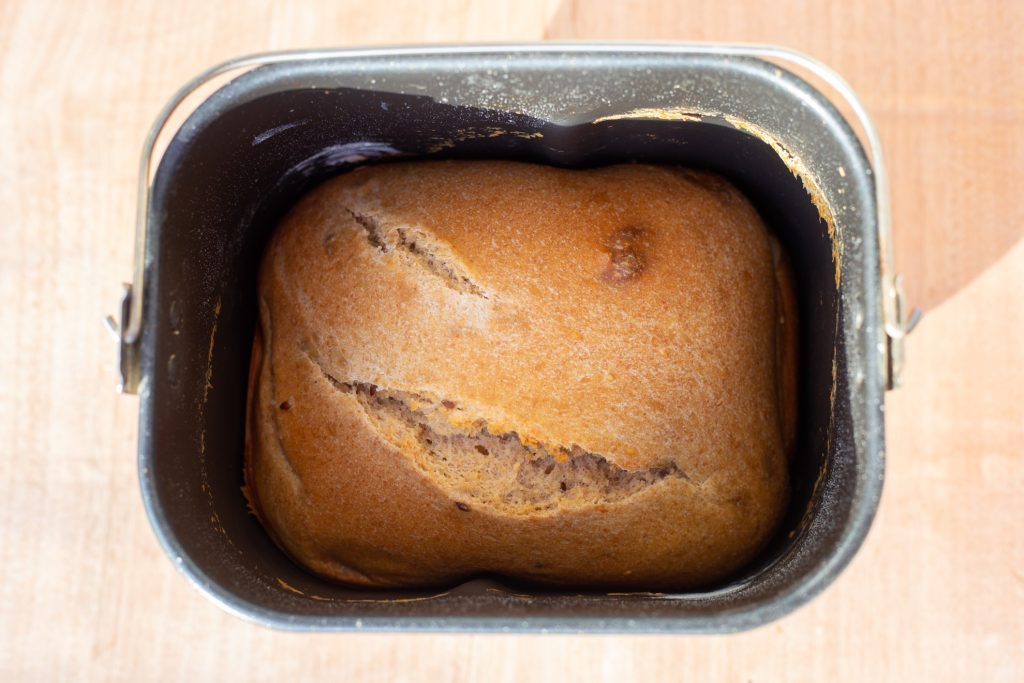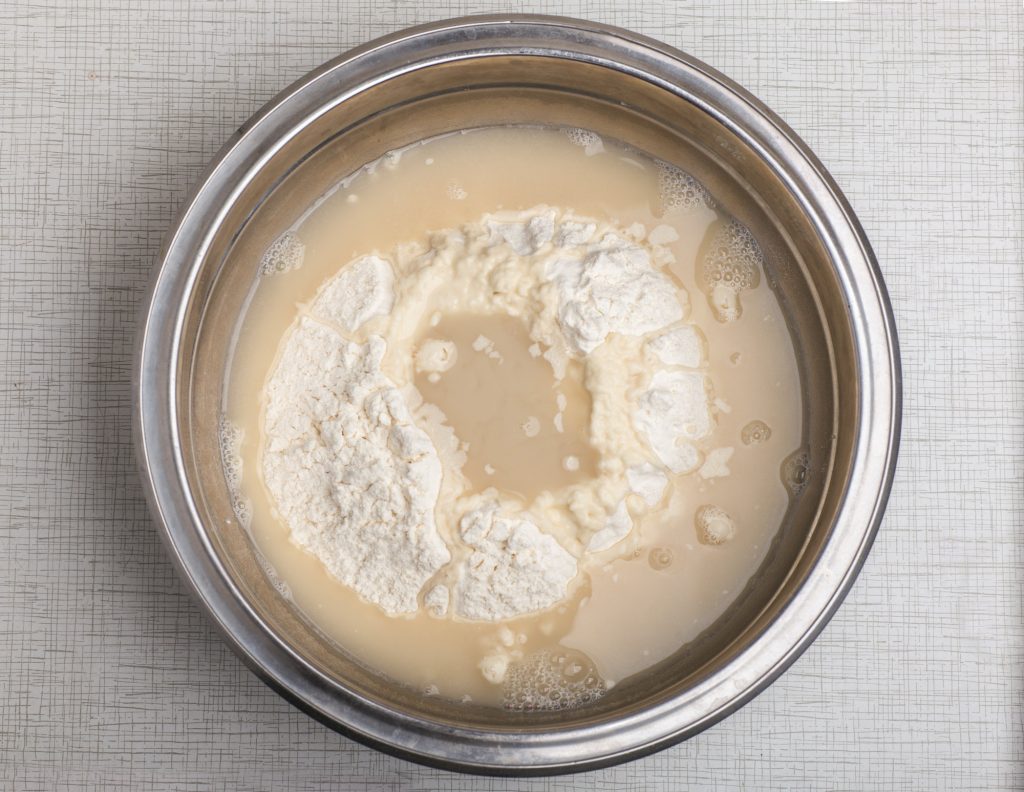Is bread maker yeast the same as regular yeast? It’s really easy to confuse the bread maker yeast with the regular yeast, but there happen to be subtle differences between these two. Yeast is an important ingredient in bread making hence why you need to understand the difference between them.
Yeast acts as a leavening agent in the process of fermentation in bread making and you need to be careful when adding this ingredient to your bread as the wrong use of yeast in bread making often ruin the result. There are so many types of yeast and knowing which to use can be a bit confusing.
The four main categories of yeast include bread machine yeast, instant yeast, rapid rise yeast, and active dry yeast.
Each falls under the two types of yeast which are fresh yeast and dry yeast. However, the two categories of yeast you should be after are the bread maker yeast and the regular type of yeast (active dry yeast).
The world of yeast sounds a bit complex to navigate. But to make things easier, you only need to worry about the bread maker yeast and the regular yeast. To get the perfect result every time you bake any type of bread, we have listed out key differences between these two main types of yeasts for you.
Types Of Baker’s Yeast And How To Pick The Right One For Baking
Bakers yeast is a term used to describe yeasts that are used for baking. Bakers yeast is a living breathing microorganism although it sounds scary, it is needed for your dough to rise, and if you don’t treat it right, it dies and the dough won’t rise either.
So, exposing it to extreme heat soon will kill hence you need to avoid that.

There are two main types of baker’s yeast which include the fresh yeast and the dry yeast but come with subcategories. Two major ones you need to know are the bread maker yeast and the regular yeast. Knowing how to differentiate these two is essential.
The basic use of yeast is to make bread rise, but there are some interesting things about yeast you need to know. The first thing to note is that exposing it to air can make it inactive. Secondly, exposing it to extreme heat too soon can also kill the cells and this should be avoided if you want the bread to rise instantly.
Bread Maker Yeast Vs Regular Yeast: What’s The Difference?
If you have a bread maker then you need to be particular about the type of yeast you use. There is a specific yeast made for the bread maker and if you can’t get your hands on it then the regular yeast will do just fine. Switching between types of yeast is another essential thing you need to learn however here is a table analyzing the difference between bread maker yeast and regular yeast.
| Bread Maker Yeast | Regular Yeast |
|---|---|
| Bread maker yeast dissolves and activates quickly. | The regular yeast doesn’t need to be dissolved in water first, it is meant for quick baking. |
| Bread maker yeast is more granulated than regular yeast. | Regular yeast requires twice the time bread maker yeast needs to rise. |
| This type of yeast hydrates quickly hence so it can be used with dry ingredients. | The slow proofing time makes regular yeast tastes better than the bread maker yeast. |
| To make bream machine yeast more flavorful, you need to slow down proofing by putting it in the fridge. | Regular yeast needs to be mixed with warm water to proof first. |
Bead maker yeast which is also known as the instant yeast can is quite similar to regular yeast and both can be used interchangeably. While bread maker yeast has been made specifically for the bread-making machine, the regular yeast still needs to be mixed with water and it’s more suitable for quick baking.
Can I use regular yeast in a bread-making machine?
You can use regular yeast in your bread-making machine, but there are simple yeast guides you need to follow before doing that. Regular yeast should be dissolved in water before using in a bread maker and you can use it the same way but watch out for the required amount your recipe calls for. Also, you will need 25% more if you are replacing bread machine yeast with regular yeast.
What can I use if I don’t have yeast?
Yeast is an essential bread-making ingredient and since it’s meant to make the dough rise, it is needed for other baking goods like pizza, cinnamon rolls, and dinner rolls. However, when you can’t get your hands on yeast, here are other ingredients that can be used as baker’s yeast substitutes.
- Baking soda
- Milk, baking soda, and vinegar
- Beaten egg whites
- Sourdough starter
- Baking soda and acid
- Baking soda and lemon juice.
Wrapping Up
Bread maker yeast is meant to be used in the bread-making machine but it can be used interchangeably with regular yeast as well.
However, before substituting bread-making yeast for regular yeast, you need to know how to convert the exact amount of bread-making yeast to regular yeast.
Read more:

